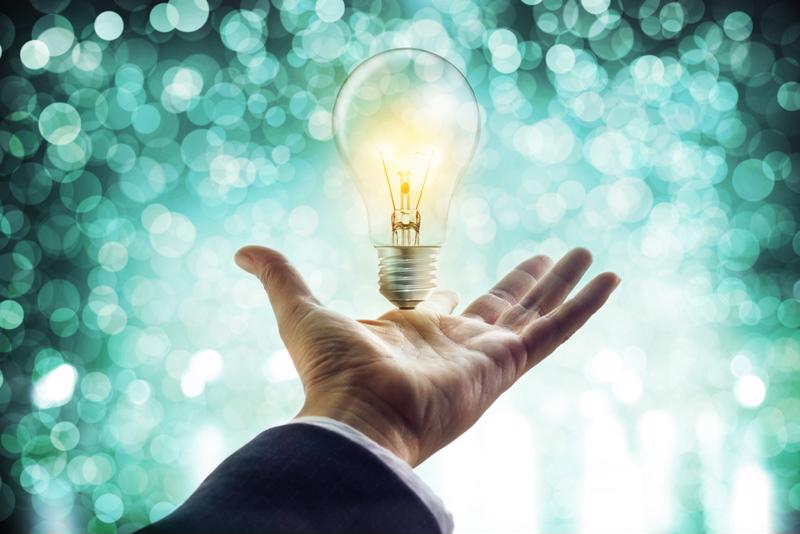“Energy waste from tanked systems costs you more depending on the time of year.”
 Load shedding shares energy with other household appliances so you never overconsume.
Load shedding shares energy with other household appliances so you never overconsume.“Energy waste from tanked systems costs you more depending on the time of year.”
 Load shedding shares energy with other household appliances so you never overconsume.
Load shedding shares energy with other household appliances so you never overconsume.By continuing to use this website, you agree to our use of cookies. For more information, see our Privacy Statement.
